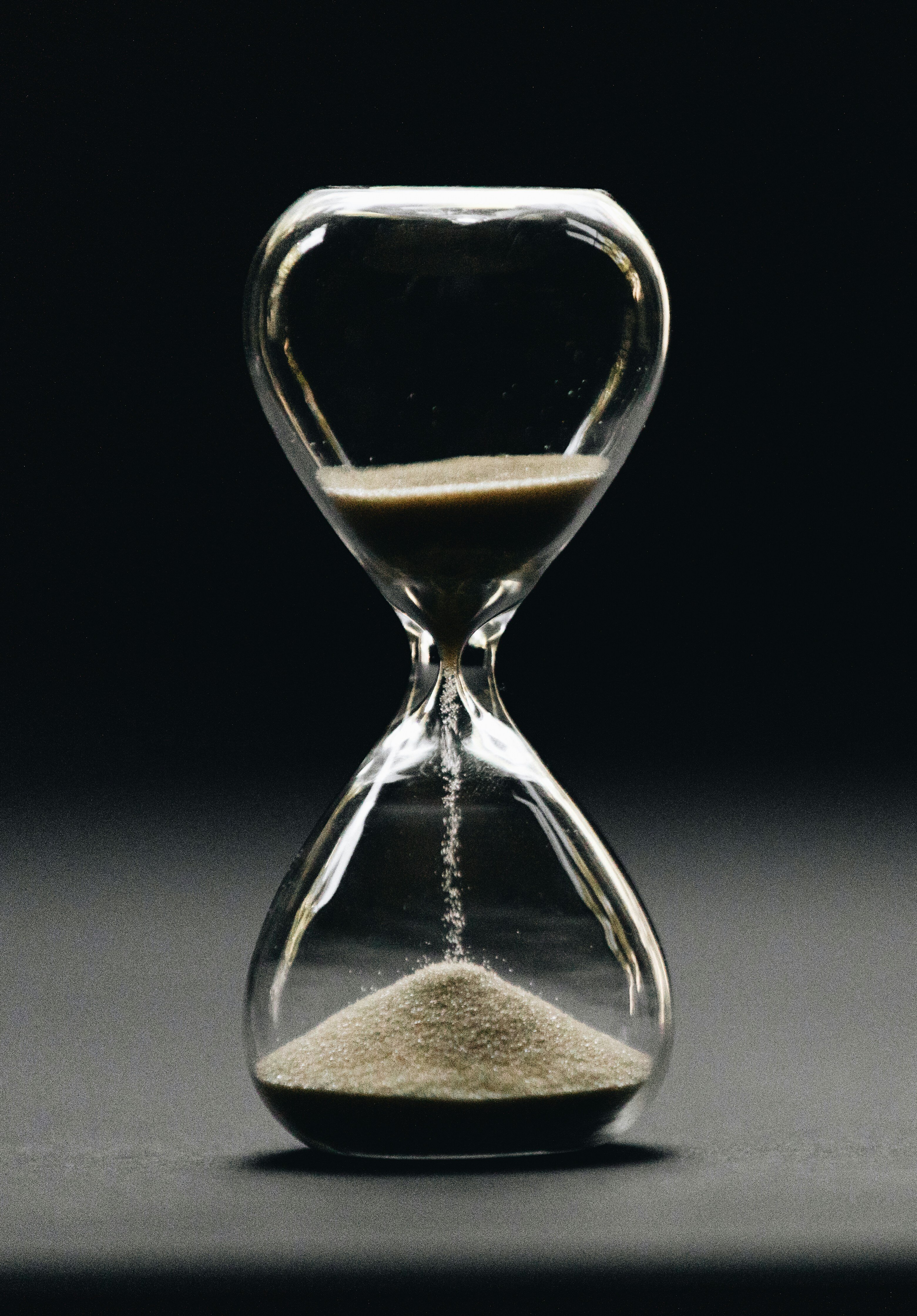Top Reasons SaaS Development Slows Down (and How to Fix Them)
Is your company among the 49% of organizations that regularly experience software project delays? In a BCG survey of C-suite executives, nearly half...
5 min read
Written by Keith Shields, Feb 7, 2025

Prioritizing features and updates in SaaS development can be overwhelming. With limited resources and competing priorities, how do you decide what to tackle first?
This is where the Impact vs. Effort Matrix comes in. This simple yet powerful framework helps SaaS teams make data-driven decisions about which features, bug fixes, or initiatives to prioritize. By visually mapping out the effort required against the impact generated, teams can streamline development, reduce wasted resources, and align their goals efficiently.
In this guide, we'll explain the Impact vs. Effort Matrix, show how SaaS teams can apply it, and share practical tips for avoiding common pitfalls.
An Impact vs. Effort Matrix is a tool that helps teams evaluate tasks or features based on their potential impact and the effort required to implement them. The y-axis of the impact matrix ranges from low to high impact, while the x-axis captures low to high effort. Tasks are sorted into one of four categories.
IMPACT |
QUICK WINS Low Effort, High Impact |
MAJOR PROJECTS High Effort, High Impact |
|
FILL-IN TASKS Low Effort, Low Impact |
MONEY PIT High Effort, Low Impact |
|
|
|
EFFORT |
|
The category of interest to your team will depend on your goals. For example, some development teams might have the bandwidth for major projects while others might only have the capacity for lower-effort items.
While quick wins are attractive, they’re often scarce. Many high-impact tasks require significant effort, and balancing short-term wins with long-term investments is key to sustained growth.
SaaS teams that leverage an impact/effort matrix enjoy several important advantages. It’s a helpful way to streamline your development process and promote efficiency. Here’s how.
User-centric products use data, rather than assumptions or opinions, to guide their product evolution. Weighing impact vs. effort helps teams keep their decisions grounded in fact. Categorizing tasks based on how much effort they’ll require and the impact they’ll generate depersonalizes important product decisions. The matrix frames the conversation around what makes the most sense given the team’s limited resources and business goals.
There’s nothing worse than hard work without much to show for it. The Impact vs. Effort Matrix highlights the thankless tasks a SaaS team should avoid so that they can reserve funds, time, and energy for items that move the needle. This clarity the framework facilitates can help reduce waste and promote the efficient distribution of resources.
Teams can agree faster and coordinate more efficiently when they’re all on the same page. That’s the power of the impact vs. effort matrix. It is a powerful tool for building consensus. It’s also highly replicable, meaning teams can adapt it to just about any product or goal easily and promote cohesion and clarity.
The benefits of the Impact vs. Effort Matrix command attention for SaaS teams. Let’s look at how to create an impact grid and reap the benefits.
Consider this your brainstorming step. Here, you’ll create an exhaustive list of possibilities based on your current product, goals, and user feedback. Try not to jump ahead to assigning impact and effort values at this point. Simply focus on potential.
Next, you’ll determine each task's impact and effort scores. There’s no universal scale for an Impact vs. Effort Matrix, so you have the freedom to determine a scale that makes sense. For example, you might assign a value from one, indicating very low impact or effort, to 10, meaning very high impact or effort. Remember, you’ll plot these points, so make sure your scores are numerical.
After assigning impact and effort scores, now plot each task on the grid. Treating the effort score as the x-value and the impact score as the y-value is customary. Your grid should follow suit, with the range of effort represented on the x-axis and the impact range on the y-axis. You’ll also want to denote a range for each quadrant. For example, a 0 to 5 effort score qualifies as low effort while a 6 to 10 effort score corresponds to high effort, and so on.
Now that your possible tasks are placed on the grid, you can begin your decision-making process. Take a moment to review the grid. Do you have more options in one bucket or another? Which quadrant is most ideal for your team goals and capacity? The Impact vs. Effort Matrix should spark discussion and help facilitate a clear path forward for development.
There are all sorts of tools you can use to create an Impact vs. Effort Matrix. Some teams like project management software, like Trello or Miro. Alternatively, a simple spreadsheet or even a sheet of paper and sticky notes can do the trick.
There are many ways to apply an impact/effort matrix in SaaS development. Here are just a few examples of common use cases for this helpful framework.
Learn more: How to Use a Prioritization Matrix for SaaS: Faster, Smarter Roadmapping
Before implementing an Impact vs. Effort Matrix, it’s important to understand the possible pitfalls. Here are a few issues you can expect to encounter and steps to prevent them.
→ Solution: Simple is better. Choose a scoring method that’s easy to understand and simple to plot on a grid. Avoid complicated equations and fractional values that are less intuitive for teams.
→ Solution: Encourage your team to use objective measures of impact and effort. For example, to determine a task’s effort score, you might consider the size of the team needed, the number of days to complete it, or the size of the investment needed to make it happen. Grounding the conversation in facts like these ensures your matrix offers a true picture of effort and impact.
→ Solution: Getting over-focused on your product is easy without considering the broader picture. To truly estimate a task’s impact, you’ll need to consider what’s happening in your industry and what your competitors are doing. A nuanced conversation considering the present and the future will make your grid more effective.
Fast-moving SaaS teams can move faster and in the right direction with help from an Impact vs. Effort Matrix. It’s an invaluable tool for businesses that want to support strategic decision-making, use resources impactfully, and create team consensus. Adaptable to many different SaaS project needs, this simple but effective framework is a must for development in today’s high-speed SaaS world.
If you haven’t used the Impact vs. Effort Matrix before, now is the time. Try it out in your next planning session and see how it facilitates faster, stronger decisions. Looking for more helpful decision-making frameworks? Check out our overview of prioritization frameworks for more.
Looking for expert guidance on SaaS development and prioritization? Designli’s Solution Lab helps teams build scalable, user-friendly software with strategic roadmapping and feature planning.
Book a consultation today and discover how we can help bring your product vision to life!
You Might Also Like:
Subscribe to our newsletter.

Is your company among the 49% of organizations that regularly experience software project delays? In a BCG survey of C-suite executives, nearly half...

Keeping current in today’s rapidly evolving tech landscape is non-negotiable for business success. Most companies' central dilemma is not whether to...

In software development, speed can be the difference between market dominance and irrelevance. Companies that launch first often secure early...
Post
Share